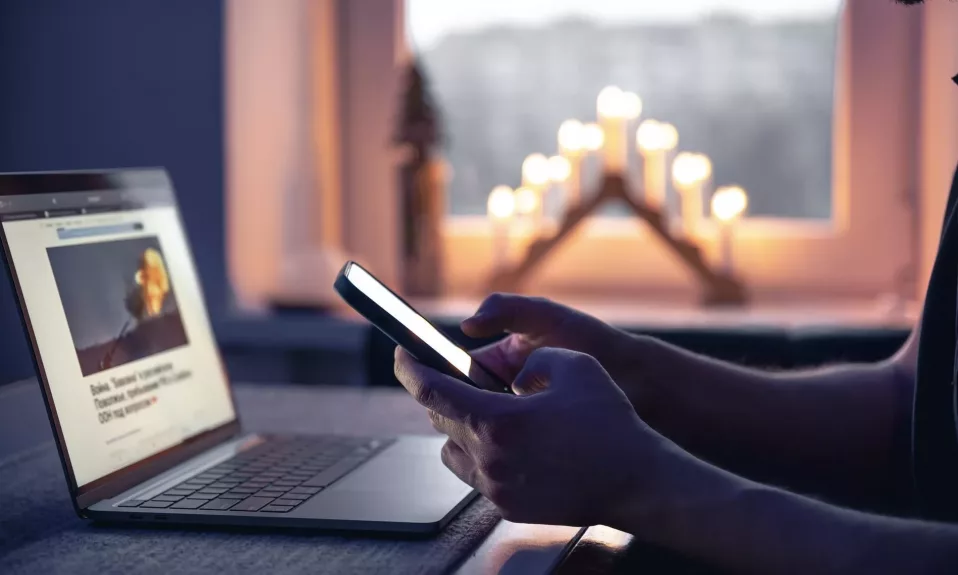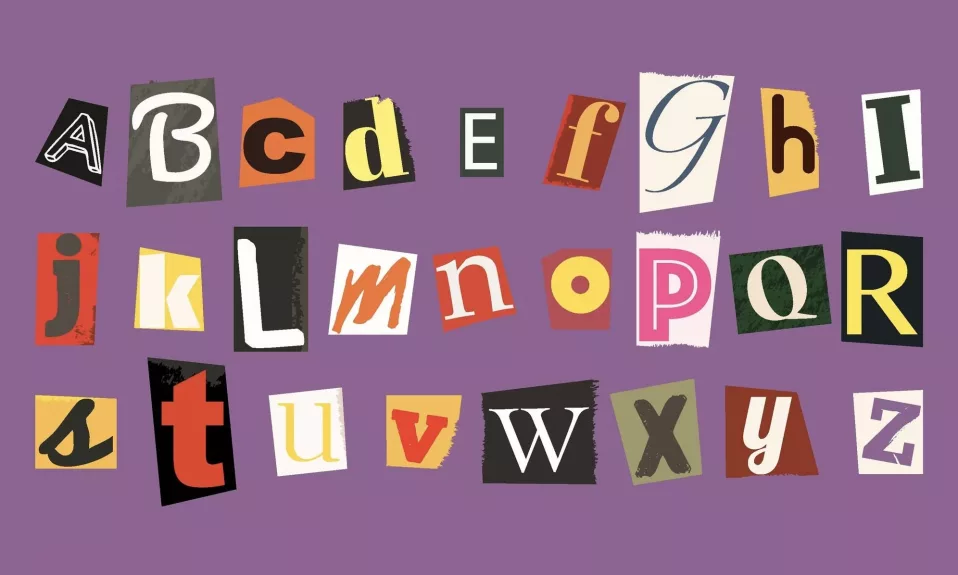Why is Email Tone Important?
Striking the right tone in your emails is essential for effective communication and meaningful interaction with your audience. The tone serves as a reflection of your brand’s personality, allowing you to connect with your audience on an emotional level. In turn, this helps build trust and foster stronger relationships – all crucial elements for long-term success.
Finding the Perfect Tone for Your Brand
Your brand’s unique characteristics should guide the tone you adopt for your email communications. For instance, a fun and playful brand might opt for a lighthearted tone, allowing subscribers to identify with the brand on a personal level. On the other hand, if your brand carries a professional image, your emails ought to strike a more serious note.
Factors to Consider When Shaping Your Email Tone
- Audience: Your target demographic plays a significant role in determining the best tone to employ for your emails. Different age brackets, professions, and interests may be better suited to varying tones and styles.
- Message: The information or purpose of your email dictates the tone you use. Informative content versus promotional content will likely call for contrasting email tones.
- Consistency: Regardless of the specific tone you select, it is vital to maintain consistency across all your emails. Doing so builds trust among subscribers, subsequently enhancing engagement and response rates.
Popular Email Tones: Finding the Best Fit for Your Brand
In pursuit of the perfect email tone, choose from a range of common tones that best reflect your brand’s characteristics:
1. Conversational Tone
A conversational tone is characterized by its informal, friendly nature, akin to a typical face-to-face conversation. This approachable style often employs everyday language and expressions, making it an ideal choice for brands that wish to establish personal connections with their audience.
2. Humorous Tone
A humorous tone relies on wit and light-heartedness as central components. By eliciting laughter and amusement from subscribers, this tone creates memorable impressions. However, be cautious when employing humor – ensure it aligns with your audience’s preferences and remains respectful at all times.
3. Professional Tone
A professional tone conveys a sense of responsibility, competence, and reliability in your email communications. Ideal for businesses in more formal industries, this tone can instill confidence in recipients and further reinforce a respectable brand image.
4. Persuasive Tone
As the name implies, a persuasive tone focuses on driving specific actions or responses from recipients. Through carefully crafted arguments and appeals, this tone aims to convince readers to follow through on desired behaviors, such as purchasing a product or registering for an event.
5. Informative Tone
An informative tone presents factual, valuable information to your audience as the main focus of the email. Offering content that is both relevant and useful is crucial to nurturing long-lasting relationships with subscribers, who appreciate receiving educational resources and timely updates.
Nailing Email Tone: Tips for Success
With your chosen tone identified, keep the following guidelines in mind to make the most of your email communications:
- Adapt: While consistency is vital, occasions may arise when you need to make adjustments based on your audience’s feedback or your brand’s evolving identity. Flexibility in your tone can help maintain a strong connection with subscribers.
- Personalize: Tailoring email content as well as the tone to individual recipients demonstrates genuine interest and attentiveness. Incorporating names and other personalized elements can encourage increased engagement among subscribers.
- Revise & Refine: Continuously audit your email messaging and tone, considering what works well and what may require adjustment. Stay receptive to making improvements in order to meet the needs of your audience and achieve optimal results.
In conclusion, selecting the appropriate tone for your emails plays an instrumental role in engaging and connecting with your audience. By skillfully leveraging the conversational, humorous, professional, persuasive, or informative tones, you set the stage for building trust and fostering long-lasting relationships with your subscribers.










